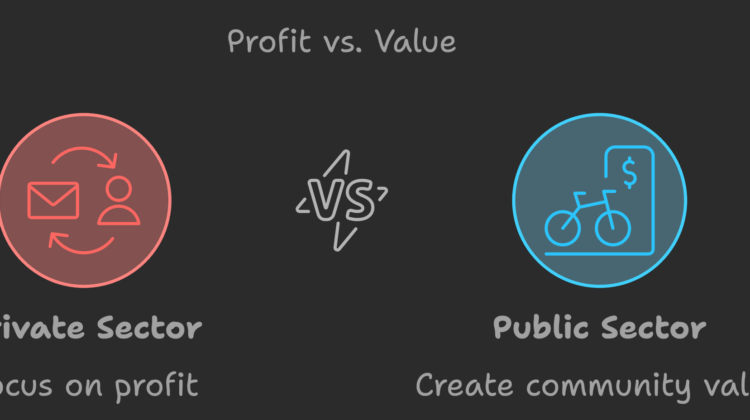
Business Strategy vs. Policy Strategy
Understanding the Difference
Business strategy and government policy serve different purposes, yet both play a significant role in shaping economies, industries, and societies. Businesses develop strategies with the primary goal of profitability, market expansion, and shareholder value, while government policies focus on long-term societal impact, economic stability, and public welfare.
Key Differences in Planning and Objectives
| Aspect | Business Strategy | Government Policy |
|---|---|---|
| Primary Objective | Profitability, shareholder value, and market growth | Public welfare, economic stability, and national development |
| Time Horizon | Short-to-medium term (1-5 years) | Long-term (decades, generations) |
| Decision Makers | CEOs, executives, boards | Governments, policymakers, regulatory bodies |
| Risk Considerations | Competitive threats, market volatility | Social impact, economic shifts, and national security |
| Resource Allocation | Investment based on market demand | Public funding based on societal needs |
Real-World Example: Renewable Energy
A company in the energy sector might develop a business strategy focused on profitability—investing in solar power because it’s becoming cost-effective and increasing demand among consumers. However, a government’s policy strategy would consider broader, long-term implications such as reducing carbon emissions, ensuring energy security, and creating green jobs.
For example, the U.S. Inflation Reduction Act (2022) allocated $369 billion for energy security and climate change programs. While businesses sought profit in renewable energy, government policies helped make clean energy investments more viable by offering tax credits and subsidies.
Strategic Takeaways:
- Businesses focus on market opportunities and financial returns, while governments focus on broader economic and societal impact.
- Policy can shape business strategies by creating incentives (e.g., tax credits for green energy) or regulations (e.g., data privacy laws like GDPR).
- Businesses must anticipate policy changes to remain competitive and compliant.
- Governments rely on businesses for economic growth but must regulate them to prevent monopolies, inequality, and market failures.
Understanding these distinctions helps both businesses and governments align their objectives for sustainable progress.

